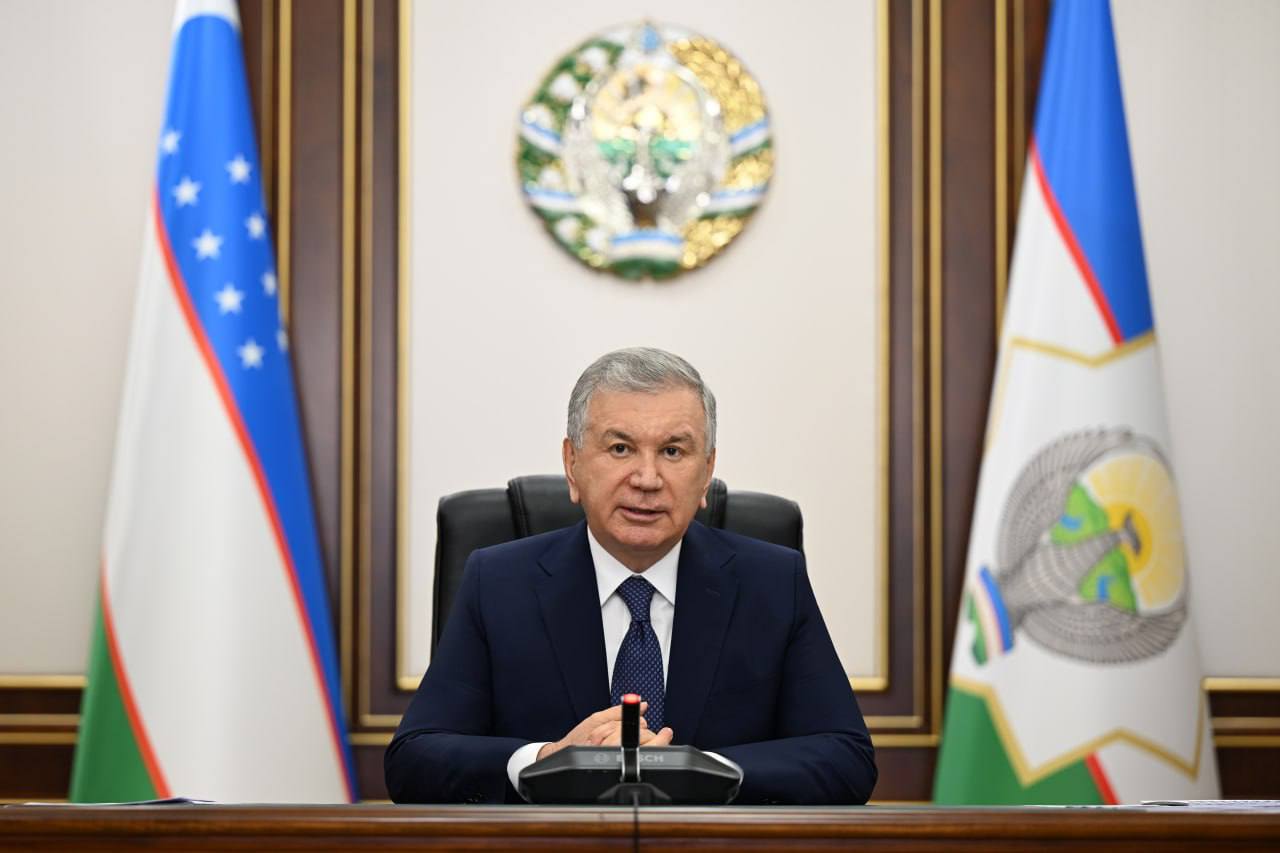TASHKENT, Uzbekistan, July 29. In the Andijan region, plans for 2025 include attracting $3.1 billion in investments, exporting goods worth $1.5 billion, providing employment for 305,000 people, and lifting over 32,000 families out of poverty, Trend reports.
These figures were announced during a presentation given to the Head of State, outlining the results of reforms and new development plans for the Andijan Region.
Since the start of the year, the region has launched new production facilities valued at $1 billion and opened 344 trade and service complexes. Additionally, projects totaling $2.5 billion are currently in progress. In the first half of the year alone, $850 million in investments were secured, while exports reached $465 million.
The President’s visit to Andijan in April and the directives issued during the trip have provided strong momentum for the region’s development. Recently, a reform headquarters was established with input from scientific experts and leading entrepreneurs to develop new proposals focused on boosting the regional economy and social welfare.
During the presentation, officials outlined the rationale and expected benefits of these initiatives. For example, plans include the creation of an innovative clinic utilizing robotic technologies from Germany, Türkiye, and Japan, with an investment volume of $40 million. Negotiations are also underway, supported by diplomatic missions abroad, to attract 20 million euro from Italy for the creation of an agrocluster and 25 million euro from Germany to build a modern agro-logistics complex. In the city of Khanabad as well as Khodjaabad and Bulakbashi districts, over 30 initiatives have been developed to promote tourism zones.
In total, a portfolio of new projects valued at $1.1 billion has been compiled. Their implementation is expected to generate 22,000 new jobs and boost exports by an additional $200 million annually.
The President emphasized the necessity of an individualized approach to each city and district within the region, highlighting the importance of locating new projects in areas with the lowest investment inflow. He also instructed authorities to organize training and employment opportunities for the unemployed and vulnerable families and to take measures to transform mahallas local neighborhoods into crime-free zones.







